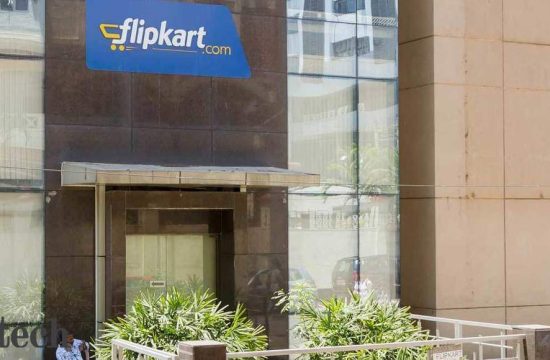Bengaluru: The consumer base of e-commerce shoppers has doubled to 42 per cent of urban active internet users in India over the last three months (amid the Covid-19 pandemic), according to a study by consulting firm Kantar. Nearly 50 per cent of these are new users of e-commerce coming from tier-1 and -2 cities.
For new shoppers, Amazon and Google have emerged as the preferred discovery platforms before making purchases. In contrast, before the virus outbreak in India, just 22 per cent of the urban active internet users had shopped online. In 2019, India had 309 million urban active internet users, the report said. This would translate to about 130 million users having shopped online.
While e-commerce sales have surpassed pre-Covid levels due to the pandemic leading people to order their requirements online from their homes, the lockdown has also resulted in fewer avenues for consumers to spend money on. This, according to e-commerce executives and third-party brands, is also aiding online sales. The report by the online insight measurement firm is based on the shopping patterns of close to 6,000 people in the last three months, surveyed in July. This is encouraging for e-tailers who have started preparations for the Diwali festive sale.
“If you look at the budgeting of a common man in India, we splurge probably on restaurants, travel and have a fashion budget and entertainment budget (movie, malls, etc). Now, with salaries coming back, what are the avenues left for spending? Not many. That’s why people are spending on themselves in segments like grooming devices and electronics,†said Aman Gupta, co-founder and CMO of boAt Lifestyle, an online-focused consumer brand which sells earphones and speakers.
Gupta said this played a role in the 30 per cent higher business for him during the recently concluded online sales in the beginning of the month — the first major such sale since the virus outbreak here. Among existing online shoppers, both Amazon India and Flipkart are neck-and-neck in sales for segments like consumer electronics, fashion and apparel, but Amazon India has the lead in grocery, household items and smartphones, according to the report. TOI in its August 14 report, quoting data from market research firm Counterpoint, said for the first time Amazon India had sold more smartphones than Flipkart for the quarter ending June 2020.“It is unlikely that people will have to budget for holidays later this year. We could see some of that getting spent during the festive sales. Our initial estimates show the festive season sale this year would see 20 per cent growth compared to last year,†said Satish Meena, senior forecast analyst at Forrester, a market research firm. Last year, during the festive month, e-tailers clocked almost $ 5 billion in gross sales, of which close to $ 4 billion happened during the five-day flagship sale events of Amazon India and Flipkart.
“We are focused on building access for customers and sellers across the country, including remote locations in India’s hinterlands. We will continue working with sellers and partners to offer customers a vast selection, a convenient seamless buying experience and a safe delivery experience on Amazon.in,†a spokesperson of Amazon India said. Flipkart declined to comment on TOI’s query.






